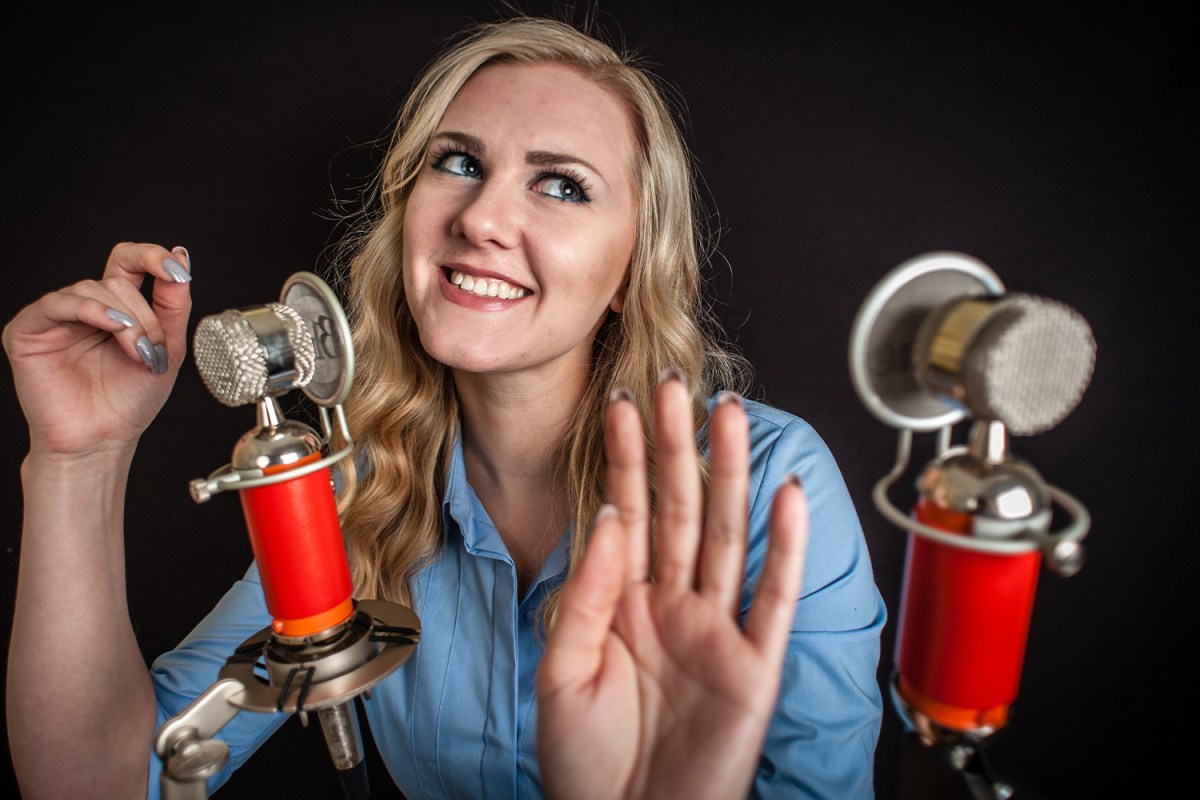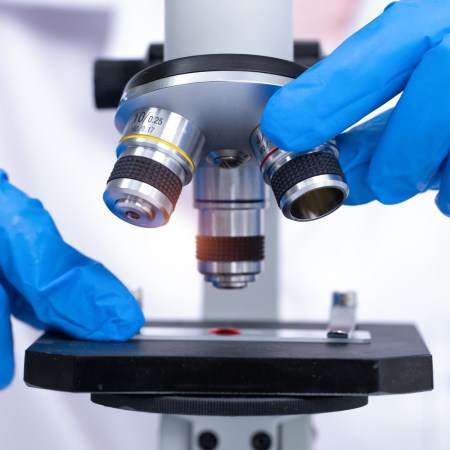There are some weird ASMR videos out there. ASMR gaming? You got it. ASMR allergy testing? Right here. ASMR Medieval Tavern? Yup. Pretty much any ASMR category you can dream up, you can find online somewhere.
ASMR — or autonomous sensory meridian response — is used by some to help trigger sleep or deep meditation, or just for the pleasure of the “tingles,” the physical responses to the sounds. Sounds used to trigger ASMR can be anything, from papers flipping to whispering or the sound of makeup brushes on a microphone.
But why, exactly, do those tingling sensations happen? The tingling sensations themselves, which some classify as “brain orgasms,” are usually felt on the scalp and the back of the head and neck. The tingling also starts at the brain but can move throughout the whole body. A new article from Mic explains the science of ASMR and offers an answer as to why some sounds trigger tingles and some don’t.
Robert Froemke, a professor of tolaryngology, neuroscience and physiology at NYU School of Medicine, says that certain sounds can activate the brain “beyond the conventional auditory pathway,” which can trigger tingles depending on where the brain itself is activated.
Some sounds, like tapping, are pleasurable to hear because they have the same repetitive sounds as music in our minds. Other sounds are pleasurable because they have some nostalgic or personal connection to us, like psychiatrist Sean Paul explained for Mic.
“It is theorized that certain triggers work better for some people than others depending on their experiences in life…These things trigger a pleasant memory or something in the subconscious that is soothing to that person,” Paul said.
Whether that means the safety of getting your hair cut, like in one popular video, or another scenario entirely, the comfort of a given situation triggers relaxation, making ASMR a truly personal experience from listener to listener.
Thanks for reading InsideHook. Sign up for our daily newsletter and be in the know.


















